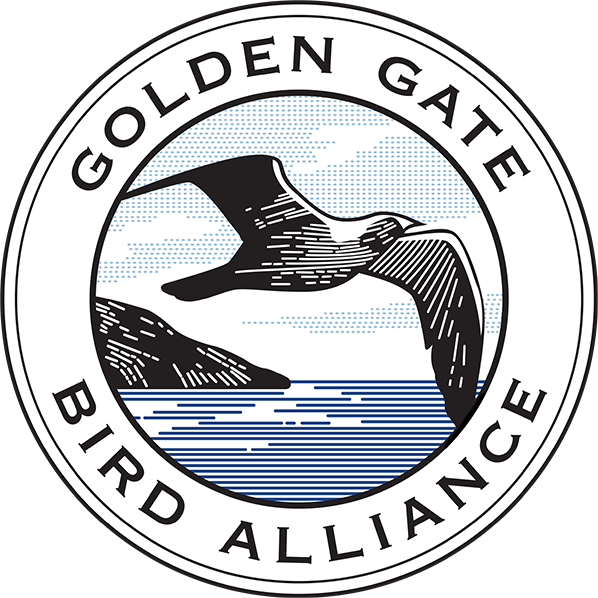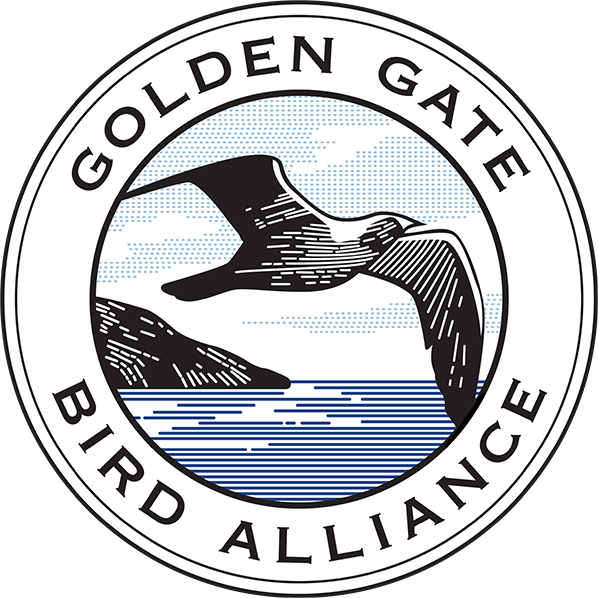Founded in 1917, Golden Gate Bird Alliance engages people to experience the wonder of birds and translate that wonder into conservation action. We offer over 150 free bird walks each year, monthly guest speakers, and volunteer opportunities restoring habitat, educating young people, and engaging in conservation advocacy and citizen science. See our website or sign up for our email newsletters to learn more.
See blue box on Live Chat page for news
About Us

Thank You!
Golden Gate Bird Alliance is deeply grateful to the many individuals and organizations that have made this first-ever S.F. Bay Osprey Camera project possible. We’d like to thank the following for their crucial cooperation and support:
• City of Richmond and Port of Richmond, CA
• Craig Newmark, Founder Craigslist
• Joe Pifer and HDOnTap
• John Ehrenfeld
• Mary Austin
• PG&E
• Richmond Museum Association
• Rosie the Riveter National Park
• S.S. Red Oak Victory Ship & Museum
• S.F. Bay Osprey Coalition
• Tony Brake
Stay In Touch
Learn about upcoming Osprey events, bird walks, guest speakers, volunteer opportunities, birding festivals, and more! Sign up for Golden Gate Bird Alliance’s monthly e-newsletters. We promise not to share your email address with any other organization.

